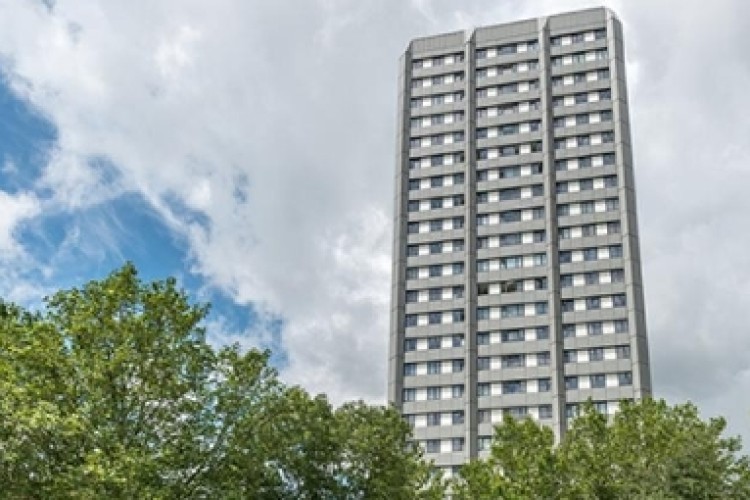Housing secretary Robert Jenrick gave an update on the Building Safety Programme to the House of Commons yesterday (20 January 2020) and told MPs that he was ‘minded to lower the height threshold for sprinkler requirements in new buildings from 18 metres to 11 metres’.
He also said that he wants to similarly reduce the 18-metre height threshold for the post-Grenfell ban on the use of combustible materials.
On sprinklers, he told MPs: “Our consultation on sprinklers and other measures for new build flats has now closed. I am carefully considering the responses and evidence received, but I can inform the House today that I am minded to lower the height threshold for sprinkler requirements in new buildings from 18 metres to 11 metres. Subject to further consideration, I will set out my detailed proposals in that respect in February.”
On flammable materials, he said: “We banned the use of combustible materials in the external walls of high-rise buildings in December 2018. My department concluded a review into the ban’s effectiveness, and today I am announcing a consultation on the ban, again going significantly further, including by lowering the 18 metre height threshold to at most 11 metres.”
He added: “We saw in the Bolton fire [a student housing block caught fire in November 2019], where the building was 17.6 or 17.8 metres high – just a matter of centimetres away from the 18-metre threshold – that height alone was simply too crude a measure and that building safety needs to be proportionate to the building. Height is likely to continue to be a very material factor – perhaps the most material one – but a range of other factors now need to be considered.”

The Department of Housing, Communities & Local Government, with support from its independent expert advisory panel, has produced updated advice for building owners on the steps they should be taking to address a range of safety risks.
Mr Jenrick said: “There is evidence that there has not been enough focus among building owners on buildings below 18 metres. The expert panel has decided to clarify that more action is needed to review the risks in buildings below 18 metres, and owners of those buildings should review the advice and take action where needed. I want to be clear with the House that it has never been the case that, simply because a building is below 18 metres, owners are exempt from ensuring the safety of their residents. The requirement on building owners is to make sure buildings of any height are safe, and I expect all owners to be acting responsibly.
“The panel’s new advice makes clear that ACM cladding with an unmodified polyethylene core should not be used on buildings of any height. This reflects the evidence from the materials research programme, which to date has confirmed that ACM presents a much higher risk than any other materials tested when used on the external walls of buildings."
The Fire Protection Association’s managing director Jonathan O’Neill said that his organisation supported a review of the height restrictions for combustible materials on buildings “but remain firmly of the view that combustible materials should be banned on all high risk buildings regardless of their height”.
Got a story? Email news@theconstructionindex.co.uk



